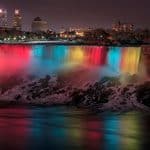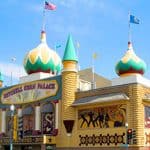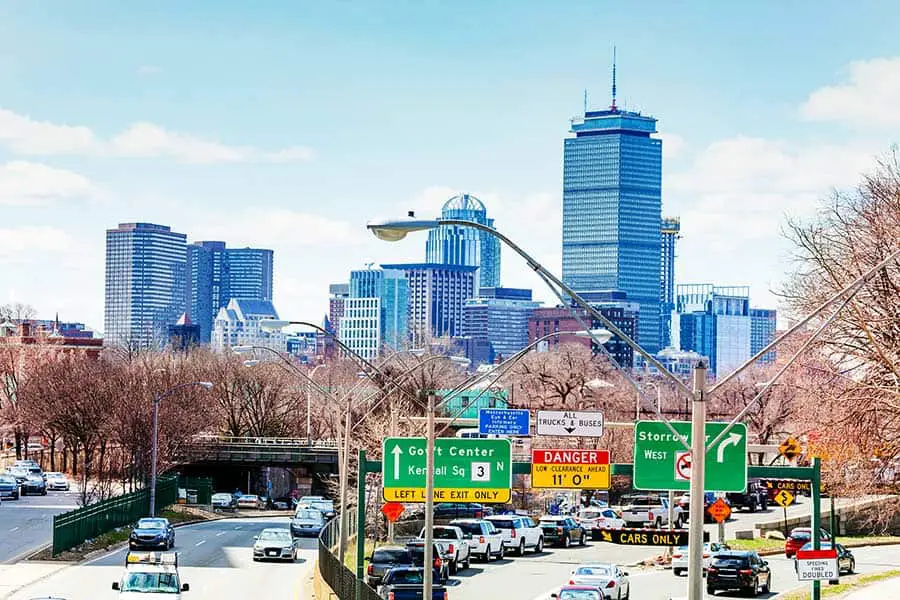
Rich in history and local color, Boston is one of America’s great cities. But rumor has it that Boston’s roads are fearsome. So is it hard to drive in Boston?
It is hard to drive in Boston. The nonsensical layout of the roads, the behavior of local drivers, and the heavy congestion make driving in Beantown challenging on a good day. If you plan to drive in Boston, avoid the rush hour and plan ahead. Be alert and drive defensively.
So when is Boston’s rush hour? When is the best time of day to drive through Boston? Why are the streets in Boston so confusing? Read on to discover the answers to these Boston driving questions and more.
The Boston Driving Adventure
These days, driving often feels like an adventure. People are often distracted by their phones, driving absurdly large and powerful vehicles that they’re not equipped to handle appropriately, driving with a sense of entitlement, or all of the above! It’s not all bad, but sometimes you just have to shake your head.
Patience and calm nerves are essential because Boston driving is definitely an adventure. Boston is one of the most challenging cities to drive in for four reasons.
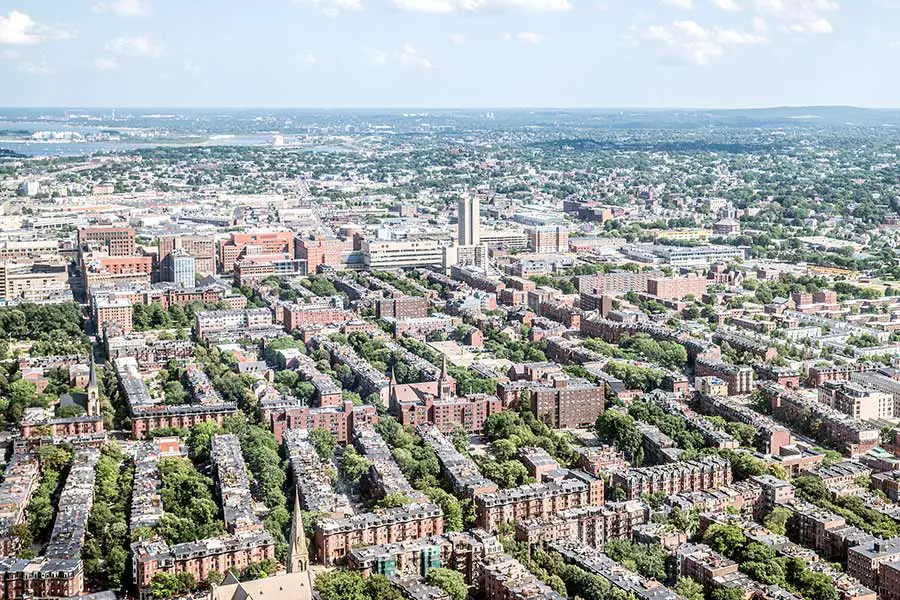
- The layout of Boston makes no logical sense. There is no grid system or naming convention to help drivers navigate. Many roads are narrow or one-way. The roads are not equipped to handle the volume of traffic flowing over them, and the rough Massachusetts winter often leads to potholes, frost heaves, and crumbling roads.
- Boston’s native drivers have evolved some fascinating habits to cope with their ecosystem of roads. While drivers are generally not hostile (nobody is exchanging gunfire, for example), they are aggressive. People change lanes at random, make unsignalled turns, push their way into or across traffic, and generally do whatever they want. If you’re used to driving somewhere where most people follow the rules most of the time, Boston will be a shock to your system.
- Boston’s pedestrians seem to have no regard for their own safety. People simply stroll into the streets. Jaywalking is technically illegal, but Boston PD appears to have bigger fish to fry, so pedestrians and bicyclists do as they please. Crosswalk signals, like traffic signals, are seen more as suggestions than as hard-and-fast rules.
- The signage in Boston is sometimes confusing as a result of the confusing street layout. Since there’s no organized layout to the city, the signage varies widely. Therefore, it’s a good idea to plan your route ahead, because it’s easy to miss a turn or misread a sign and end up somewhere you didn’t mean to go.
So what’s a road-trip driver to do? Here are some of our tips for driving in the chaotic mess that is Boston traffic.
Tips for Driving in Boston
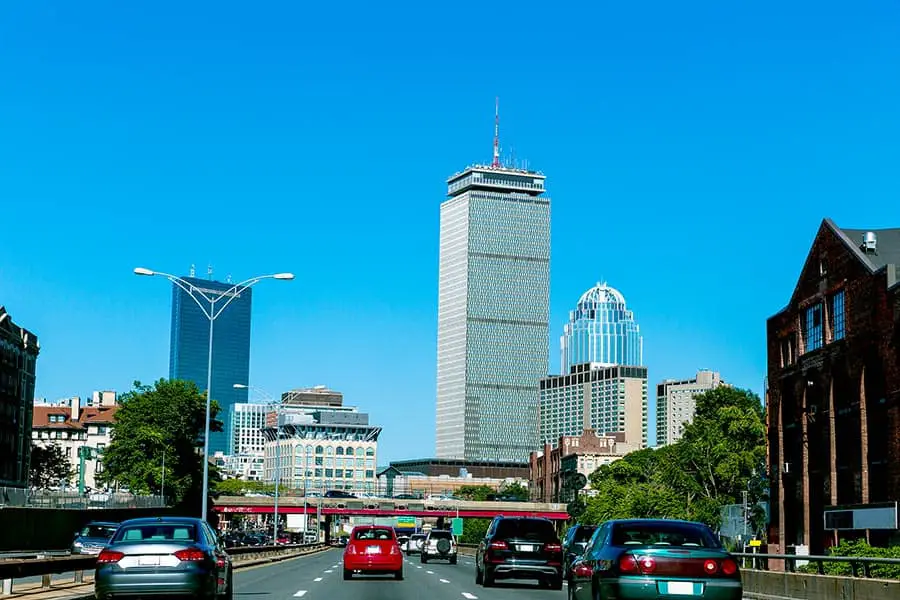
- Consider parking outside the city and taking the T in. Boston’s transit system is safe and well-developed and can get you anywhere you need to go. Commuter Rail trains run from the suburbs into the city, and the bus and subway network can take you anywhere in Boston.
- Expect the unexpected. Boston driving is sometimes described with words like “chaos” or “anarchy.” Drivers often have an almost comical disregard for the rules of the road. Turn signals are rarely, if ever, used. Traffic signals are sometimes seen as traffic suggestions. People will turn across multiple lanes of traffic. You must be vigilant when driving in Boston.
- Beware your GPS. The city has a plethora of one-way streets, unusual turn restrictions, and other peculiarities that the GPS does not know about. Plan your route ahead of time with a map and know where you’re going. If you rely on your GPS, you will likely be disappointed.
- People in Boston will squeeze their cars into absurdly tiny spots. Drivers may cut you off, merge in front of you with millimeters to spare, or even just abruptly pull into traffic. “Bumper to Bumper” is a real thing in Boston.
- Do not bring a huge car to Boston. Many streets are narrow, and there are many abrupt turns or turns at unusually acute angles. So if you’re driving an enormous Dodge Ram with a camper, a large SUV like a Yukon, or even a large sedan, you’ll want to avoid Boston or rent a smaller car to get into the city.
Road Trip Answers Fun Fact: Dunkin’ Donuts was founded in nearby Quincy, about 11 miles from Boston. Bostonites love Dunkin’ Donuts so much that there’s a Dunks on almost every street corner!
Other Posts of Interest
- Can You Drive To The Top Of Pikes Peak?
- Does US Highway 50 Go Coast To Coast?
- Is Skyline Drive The Same As Blue Ridge Parkway?
- Can You See Mount Rushmore From The Highway?
When Is the Best Time of Day to Drive Through Boston?
The best time of day to drive through Boston is between 11 AM and 2 PM. The rush hour is no longer in effect during this time, so traffic will likely be moving at close to the posted speed. You should take pains to avoid driving during Boston’s rush hour if at all possible.
Weekend days are better for driving in Boston because commuters crowd the city during normal work days, whereas weekend traffic is mostly visitors, revelers, and locals. If you must drive during the week, Mondays usually have fewer delays.
What Time is Rush Hour in Boston?
Boston is a major commercial center for New England and has a massive amount of commuters. While there are plenty of transit options, many people continue to drive in and out of the city. The morning rush in Boston begins at 6 AM and ends at 10 AM, with the afternoon rush peaking between 3 PM and 7 PM.
While you should expect plenty of traffic on the weekends, the traditional “rush” times don’t apply. Most commuters work standard weekday schedules, so weekend traffic is based on people visiting the city for recreation or events.
Why are Boston Streets so Confusing?
Boston’s streets are notoriously confusing. The roads don’t follow any kind of meaningful grid pattern, and there are countless one-ways, weird intersections, and unusual layouts that make navigating the city something of a challenge.
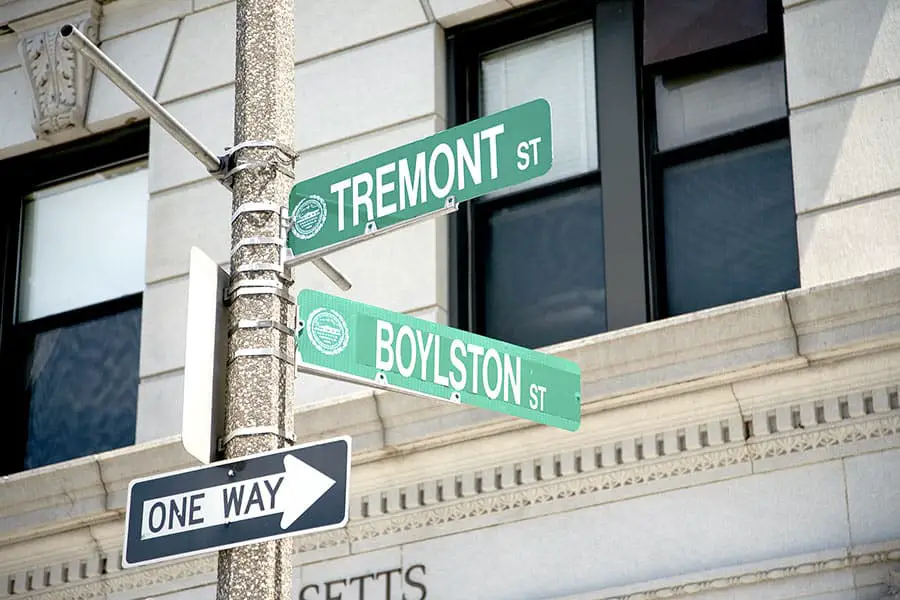
The reason that Boston is so confusing is that it was built organically, with no central planning and no organization. When colonists arrived and settled in 1625, they built their towns and buildings wherever they felt like it. As a result, they tended to crowd into desirable places like the waterfront and built haphazardly, with no larger plan or vision beyond their immediate needs. If it was convenient to make a road at a 45-degree angle to another road, that’s what they did.
Furthermore, the local geography provided some challenges. Instead of building a direct route that went over a rocky hill and through a dense forest, early settlers would wind their way around obstacles. These paths eventually evolved into roads that seem strange by our modern standards.
In the age of walking or traveling by horse, the winding paths and disorganized layout wasn’t so bad. But the advent of the automobile changed things. By the time cars were invented, the design of the city was already more or less set in stone. The only way to improve the flow of traffic would be to demolish most of the city and start from scratch – which, for obvious reasons, is highly unlikely to happen.
How Do I Avoid Traffic in Boston?
It’s impossible to avoid the traffic in Boston completely. When you drive in Boston, you should expect heavy congestion peppered with unpredictable drivers and people making aggressive maneuvers. Some people joke that Boston drivers don’t even follow the laws of physics, let alone traffic laws.
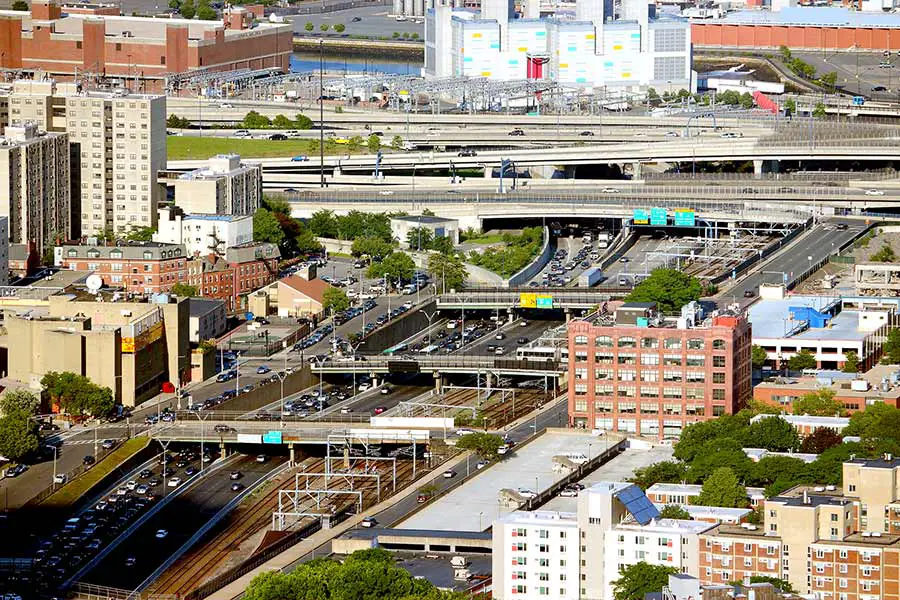
That said, there are some trouble spots to avoid. I-90, I-95, I-495, I-93, and Route 128 are, without a doubt, the worst routes in Boston. Finding alternative routes that avoid these major arterials will pull you away from the worst of the traffic.
Even if you avoid the arterials, the surface roads have heavy traffic. We’re not trying to be flippant, but the best way to avoid the traffic in Boston is to not drive in Boston. However, Boston has an excellent transit system, so it might make sense for you to plan your road trip to a suburban destination like Salem, Foxborough, or Plymouth and take the T into the city.
Does Boston Have Toll Roads?
There are several toll roads in Boston. I-90, also known as the Mass Pike, is tolled. The Tobin Bridge that carries Route 1 over the Mystic River is also tolled, as are the various tunnels throughout the city.
In the old days, toll would get backed up as people stopped to dig for change or pay cash. Today, you cannot pay cash for tolls in Massachusetts. If you don’t have an EZ-Pass transponder, you will be tolled by plate.
Boston: Worth Visiting? Absolutely, But Maybe Take the T
While Boston is a great city and super fun to visit, driving in Boston is very challenging. While you certainly can drive into the city and get around, the driving is intense and can be overwhelming. To minimize your stress, we’d recommend that you stay (and park) in one of the suburbs and simply take transit into the city. If you do drive into the city, stay on high alert and plan ahead


